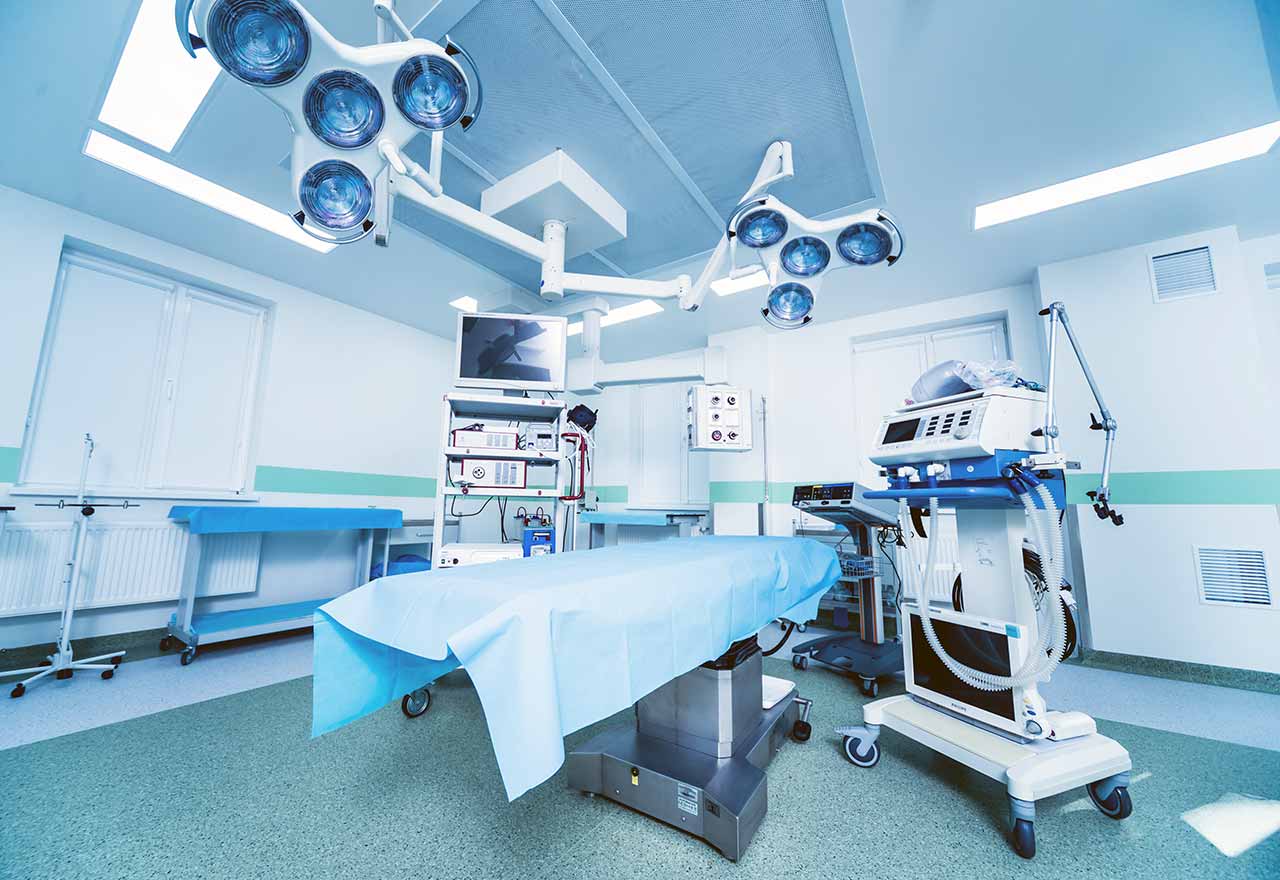
8.5 Million Tourists Pre-War (Pre-Conflict A proven tourism foundation ready for revival.
$6.3 Billion in Tourism Revenue (2010) More than 13% of GDP—once a top-earning sector.
2 Million Foreign Visitors in 2023 Momentum is building—mainly from Arab, diaspora, and heritage travelers.
6150 Miles of Undeveloped Coastline A hidden asset for luxury, eco, and seasonal resort development.
Healthcare is more than a service—it is a signal of hope, security, and the return of normalcy. In Syria, revitalizing healthcare is among the most urgent and impactful paths toward national recovery. After years of conflict, millions remain without consistent access to care. But within the challenge lies a remarkable opportunity: to rebuild a system that is not only functional, but modern, inclusive, and economically viable.
Before the conflict, Syria’s healthcare system was widely accessible. With 113 public hospitals, a large network of primary care clinics, and trained professionals throughout the country, Syria had achieved life expectancy gains, declining infant and maternal mortality, and an increasingly professionalized workforce. The system employed over 10,000 physicians and 15,000 nurses, and supported over 11 hospital beds per 10,000 people—a regional benchmark for public care access [1][2].
Yet the impact of war has been profound. By 2021, more than 50% of healthcare facilities were damaged or destroyed, with 37% entirely non-functional [3]. The consequences have been severe: from disrupted emergency care to the reemergence of preventable diseases, and from maternal care gaps to mounting burdens of chronic illness. At least 14 million people today lack consistent access to essential services [4]. Pediatric malnutrition, mental health issues, and non-communicable diseases—like diabetes and kidney failure—are on the rise. These aren’t only humanitarian issues; they’re barriers to workforce participation, education continuity, and overall recovery.
Still, the healthcare sector shows remarkable resilience. Across cities and governorates, remaining hospitals have reopened wings, NGOs have stepped in to support service delivery, and local staff continue to serve patients with ingenuity and resolve. In places like Aleppo and Deir ez-Zor, clinics are once again delivering babies, managing trauma, and treating chronic illness, even as infrastructure remains fragile. This resilience demonstrates both the local demand and institutional readiness for investment.
The opportunities ahead are substantial. Rehabilitating hospital infrastructure is a high-return priority, not only for health outcomes but for job creation and social cohesion. Investing in mobile clinics and decentralized primary care can immediately extend services to rural and post-displacement communities. Expanding telemedicine and digital health systems—including e-records, diagnostics, and supply tracking—can leapfrog traditional infrastructure constraints and increase access dramatically.
These needs align squarely with American capabilities. U.S. firms can provide modular hospital designs, telehealth platforms, logistics systems, and pharmaceuticals. U.S. academic institutions and NGOs can support training, accreditation, and system-wide capacity building. And for American investors and social enterprises, the opportunity lies in participating in the growth of a sector with scalable social and financial returns.
This is not about charity—it is about building the backbone of a modern society, one that demands quality healthcare as a right and builds trust in the process of national healing.
ReliefWeb Health Bulletins and Humanitarian Updates (2022–2024)